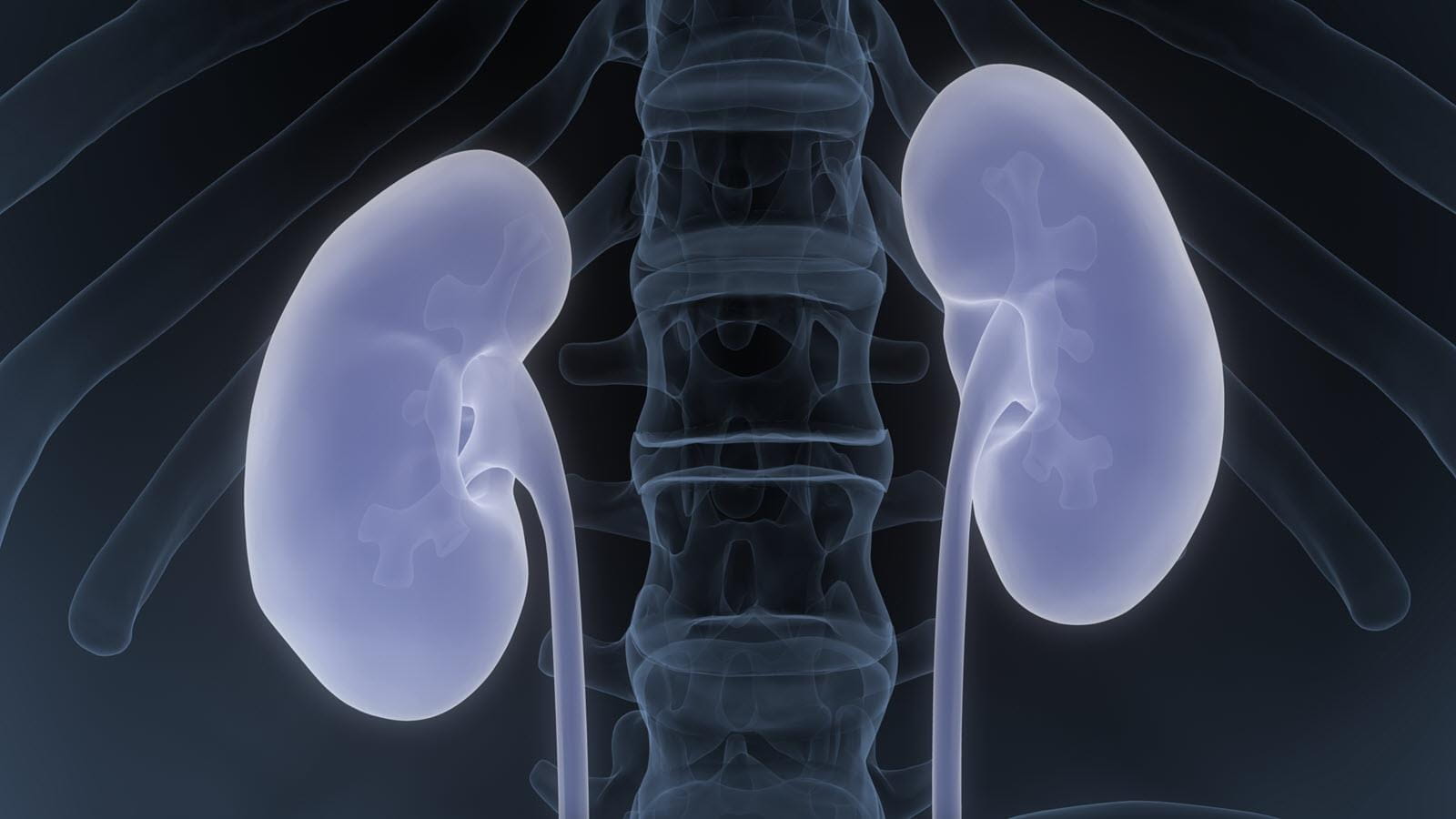You probably know that kidneys serve an important function in the body, filtering the blood and producing urine to remove waste from the body. So what does it mean if someone’s kidneys are failing?
Doctors describe five stages of kidney disease, with Stage 1 being the mildest form. In Stage 1, the kidneys are only slightly damaged and still function well. At Stage 5, kidneys are severely damaged and are barely working at all or have already failed, which means they can’t do any of their important jobs for the body.

CSL’s Pierluigi Tricoci, Global Product Leader, Cardiovascular and Metabolic (CVM) Therapeutic Area recently answered some questions about End Stage Kidney Disease (ESKD):
What is End Stage Kidney Disease (ESKD)?
When kidneys don’t work at all, a person has ESKD. This loss of kidney function, which typically occurs slowly over time, results in kidney’s inability to provide the necessary filter to wastes and excess fluid in the blood. The accumulation of fluids, electrolytes and wastes are life-threatening. Patients need dialysis or a kidney transplant to remain alive. An estimated 700,000 patients live with ESKD in the United States. Of those patients, about 70 percent are treated with dialysis and 30 percent with transplant.
What are the challenges associated with ESKD?
While dialysis is a lifesaving therapy, patients on dialysis experience a very high rate of mortality and morbidity – more than 40 percent die within three years. This rate is higher than most cancers. More than 50 percent of these deaths are caused by cardiovascular (CV) disease.
There are no treatments that have been shown to prevent CV events in dialysis patients. The traditional therapies that are effective in non-dialysis patients, such as cholesterol-lowering medications, have failed to prove the same benefit in this group.
What is the significance of inflammation in these patients?
It is hypothesized that in dialysis, alternative risk factors, such as inflammation may play a bigger role than traditional risk factors such as high cholesterol. Inflammation is common in the dialysis population and has been identified as an important risk factor for CV events. There is significant evidence supporting the role of interleukine-6, a key inflammatory mediator, in the origin of these CV events in dialysis patients.
To learn more about this ongoing research, visit clinicaltrials.gov.



